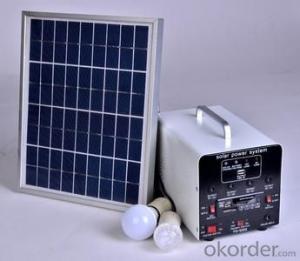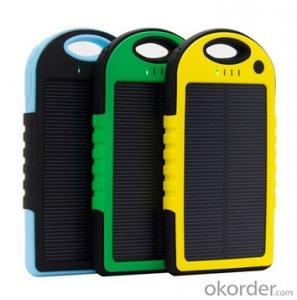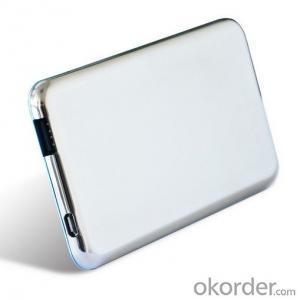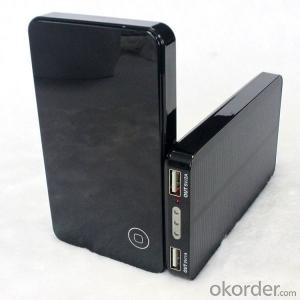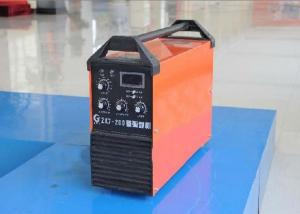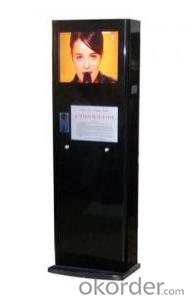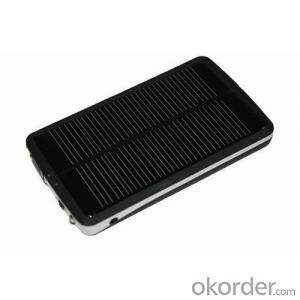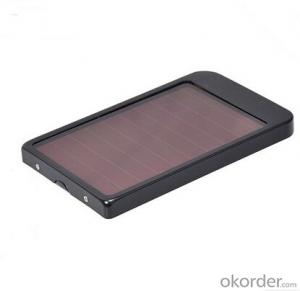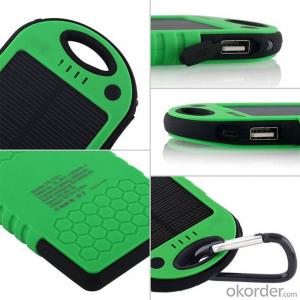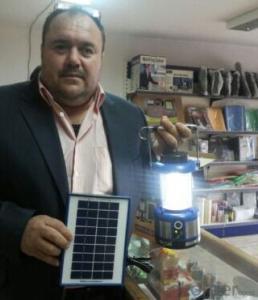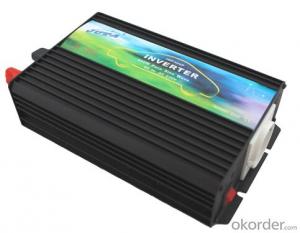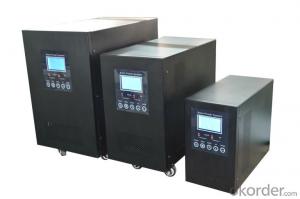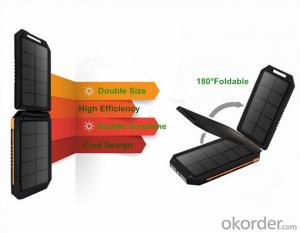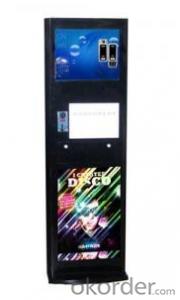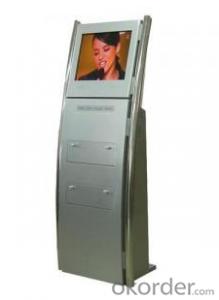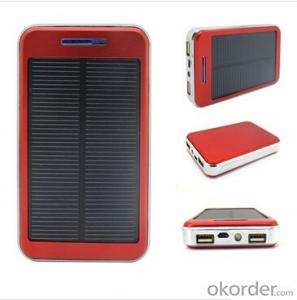Mobile Solar Inverter
Mobile Solar Inverter Related Searches
Portable Solar Inverter Portable Solar Power Inverter Solar Battery Inverter Micro Solar Inverter Solar Solar Inverter Portable Solar Panel Inverter Solar Module Inverter Micro Inverter Solar Battery Solar Inverter Solar Micro Inverter Solar Power Inverter Portable Solar Energy Inverter Battery Inverter Solar Solar Electric Inverter Wall Mounted Solar Inverter Outdoor Solar Inverter Solar Based Inverter Solar Light Inverter Smart Solar Inverter Solar Converter Inverter Solar Cell Micro Inverter Inverter Solar Solar Plant Inverter Solar Smart Inverter Sun Solar Inverter Power Solar Inverter Smart Inverter Solar Solar Smart Micro Inverter Solar Powered Inverter Solar Home InverterMobile Solar Inverter Supplier & Manufacturer from China
Mobile Solar Inverters are cutting-edge devices that convert solar energy into usable electricity for various applications. These inverters are specifically designed to be portable and versatile, making them ideal for outdoor activities, emergency situations, and off-grid living. They are compact, lightweight, and easy to transport, ensuring that users can harness solar power wherever they go.The application and usage scenarios for Mobile Solar Inverters are vast, as they can be utilized in a wide range of settings. From powering small electronic devices during camping trips to providing backup power during power outages, these inverters offer a reliable and eco-friendly energy solution. They are also commonly used in remote areas where access to traditional power sources is limited, making them an essential tool for humanitarian aid and disaster relief efforts. Additionally, mobile solar inverters can be integrated into renewable energy systems, such as solar-powered streetlights and traffic signals, contributing to a more sustainable future.
Okorder.com is a reputable wholesale supplier of Mobile Solar Inverters, boasting a large inventory that caters to the diverse needs of customers worldwide. With a commitment to quality and customer satisfaction, Okorder.com ensures that each inverter is manufactured to the highest standards, providing reliable and efficient power solutions. By partnering with Okorder.com, businesses and individuals can access a wide range of mobile solar inverters at competitive prices, making it easier than ever to embrace clean, renewable energy.
Hot Products

